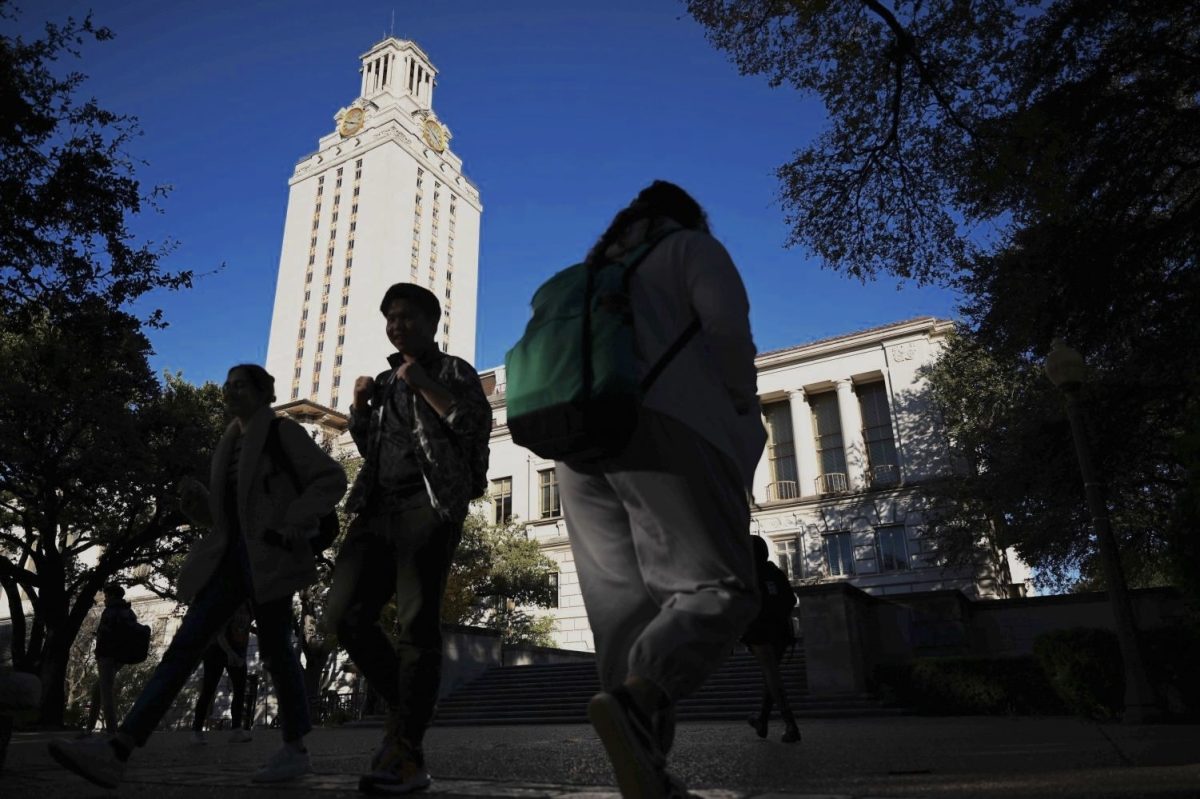A new study from UT’s School of Human Ecology shows the economic cost of bullying. According to the study, many states could potentially lose tens of millions of dollars in funding when children miss school due to feeling unsafe.
“So much attention in the research and policy discussions about bullying has focused on the personal costs – to students who are bullied (academic problems; mental health problems),” UT professor and co-author of the study Stephen Russell said in an email. “But there hasn’t been much attention to other costs.”
In the study, the researchers analyzed survey responses by over 800,000 middle and high school students throughout the state of California to estimate the financial impact of bullying. The researchers used data from California’s Department of Education.
“Students who are bullied for who they are feel unsafe in their schools, and when students feel unsafe, they are more likely to avoid going to school,” Laura Baams, UT researcher and co-author of the study, said in an email. “These rates of absenteeism are directly related to lower funding for public schools in several states across the U.S.”
10.4 percent of students reported they missed at least one day of school in the past month because they felt unsafe, which is an estimated 301,000 students. That is $276 million in lost revenue each year in California public schools, according to the study.
“What I hope people will see is that there are many inexpensive strategies to reduce bullying and make schools safer – strategies that would cost a lot less than the cost of bullying based on this study,” Russell said. “Those kinds of strategies include: clear anti-bullying and non-discrimination policies that include attention to prejudice and bias; teaching training to reduce bullying; presence of information and resources for students on coping with prejudice and bullying; and student organizations that create positive climates.”
Russell said that even though we know most bullying is motivated by prejudice, less attention is paid to discriminatory or bias-based bullying.
The researchers found that the schools lost out on up to $78 million for race and ethnicity bias, up to $54 million for religious bias, up to $54 million for gender bias, up to $62 million for bias related to sexual orientation and up to $49 million for disability-related bias.
“I expected that we would find that students who were bullied were more likely to miss school because they felt unsafe,” Russell said. “I wasn’t prepared for the magnitude of the economic costs.”
The researchers wrote in a journal, published in School Psychology Quarterly, that their study shows a connection between bullying, absenteeism and a loss of funds for school districts in California.
“This study should motivate school boards and principals to critically look at their absenteeism rates and reports of discriminatory bullying,” Baams said. “Not only do these indicate an unsafe school climate, they also cost them much needed funding. Schools have the opportunity to make their school climate safer and more inclusive, and this study adds a vital economic consideration to the mix.”




















